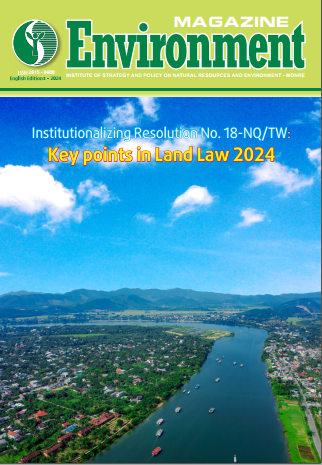National marine spatial planning aligns with sustaining environment, marine resources
Abstract
Vietnam has a coastline of more than 3,260 km with more than 3,000 large and small islands, its large sea area ranks 27th among 157 coastal countries and island nations. According to the 1982 United Nations Convention on the Law of the Sea, Vietnam's sea area is three times larger than its land area, accounting for about 30% of the East Sea area. Vietnam's sea is recognized as an area rich in natural resources with an important economic, geopolitical, defence and security position in the region and the world. However, besides the great economic and geopolitical values, Vietnam's sea and islands are facing a series of problems, such as: Degradation of marine and coastal landscapes, ecosystems; coastal marine environmental pollution; marine environmental incidents; increased negative impacts due to natural disasters, climate change and sea level rise; conflicts in exploitation and use of marine resources and space between relevant sectors and parties. Therefore, there is a need for a marine spatial master plan to properly arrange space for different industries and sectors to exploit and use, establish an optimal option and resolve inadequacies, overlaps and conflicts over the use of marine space, ensure balance between the needs of economic development, national defence, security and protection of marine ecosystems and environment.

